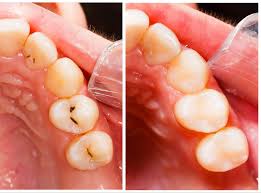A cavity wall is a type of wall construction commonly used in buildings. It consists of two separate walls, an outer leaf and an inner leaf, with a cavity or gap between them. Here are the purposes, advantages, and disadvantages of cavity walls:
Purpose:
1. Thermal Insulation: The air gap in cavity walls acts as insulation, reducing heat transfer through the wall and helping to maintain a comfortable indoor temperature.
2. Moisture Control: The cavity allows moisture that penetrates the outer leaf to drain down and out of the wall through weep holes, preventing it from reaching the inner leaf and causing dampness inside the building.
3. Sound Insulation: The air gap in cavity walls can also help to reduce the transmission of sound from outside to inside the building, providing acoustic insulation.
Advantages:
1. Energy Efficiency: Cavity walls contribute to energy efficiency by reducing heat loss in cold weather and heat gain in hot weather, which can lead to lower heating and cooling costs for the building occupants.
2. Moisture Management: The cavity design helps to manage moisture effectively, reducing the risk of dampness, mold, and structural damage caused by water ingress.
3. Structural Stability: Cavity walls can provide greater structural stability compared to solid walls, especially in areas prone to ground movement or seismic activity.
4. Flexibility in Construction: Cavity walls allow for flexibility in construction, as different materials can be used for the inner and outer leaves, providing options for optimizing thermal performance, durability, and aesthetics.
Disadvantages:
1. Cost: Cavity wall construction can be more expensive than solid wall construction due to the additional materials and labor required to build and maintain the cavity.
2. Maintenance: Cavity walls require periodic inspection and maintenance to ensure that the cavity remains clear of debris and the weep holes are unobstructed to allow for proper drainage of moisture.
3. Risk of Cavity Bridging: If insulation material or debris accumulates in the cavity, it can bridge the gap between the inner and outer leaves, compromising the thermal and moisture performance of the wall.
4. Fire Risk: If not properly constructed and maintained, the cavity in cavity walls can provide a pathway for the spread of fire between floors or compartments of a building.
While cavity walls offer several advantages in terms of energy efficiency, moisture management, and structural stability, it's essential to consider the potential disadvantages and ensure proper design, construction, and maintenance to maximize their benefits.






Comments